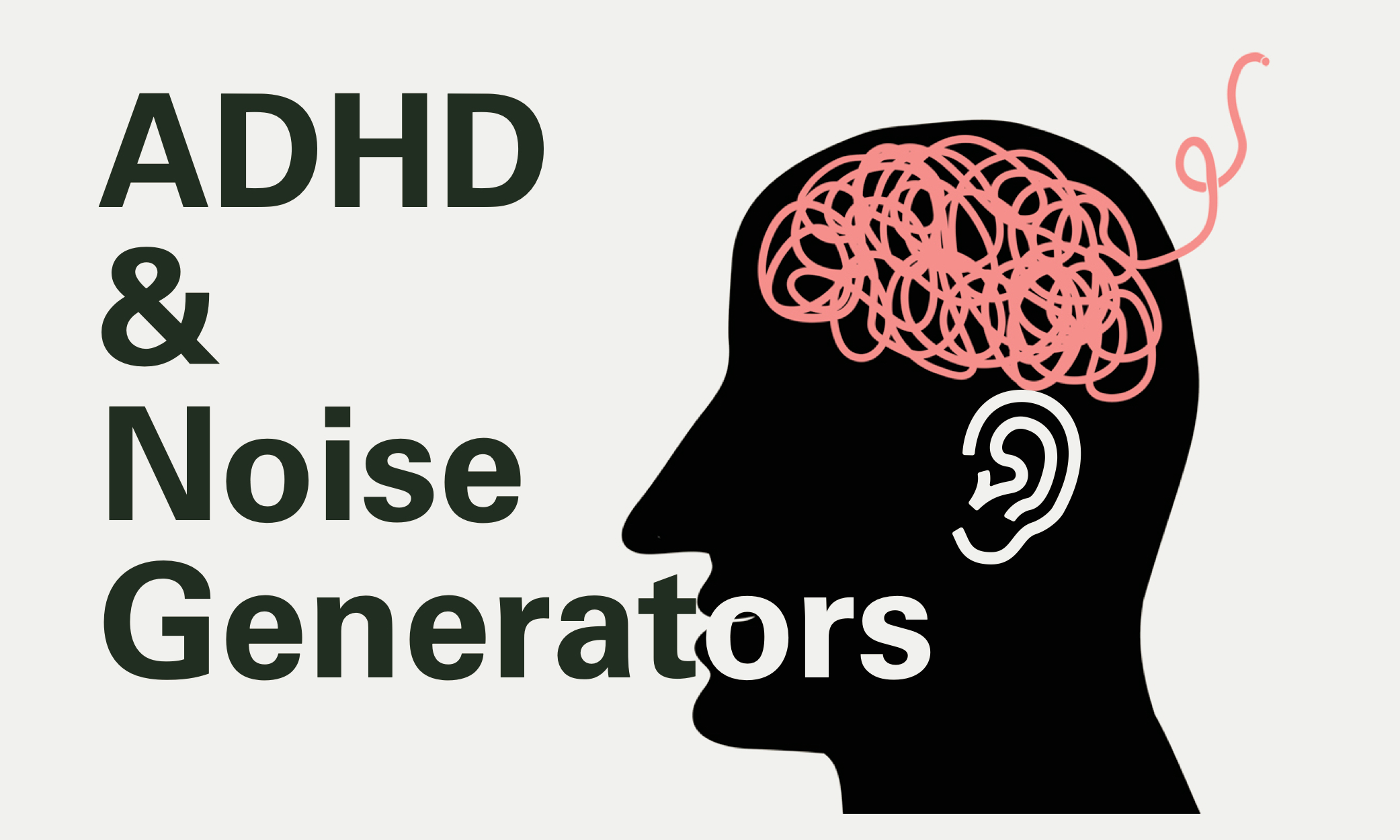FF 4.2 | The First Cowboy Chord Lesson (2 Days)
2 The First Lesson (2 Days)
Objective
Introduce dynamic chord charts and complete the corresponding worksheet to check for understanding.
Procedure
Introduction: Watch the dynamic chart video and discuss the key features, such as the representation of chord tones and the absence of finger position indications.
Chart Creating Group Activity: Distribute laminated copies of dynamic chord chart PDF and have students use dry-erase markers to create various chord voicings by applying the formulas in the blanks provided. This activity should be done in pairs or small groups to encourage collaboration and discussion.
Experiment With The D Chord: Have students play a D chord and instruct them to experiment with the quality by identifying the string with the root line and the third line. Call out different chord qualities and have student alter their chord shape accordingly.
Dynamic Chart Worksheet: Have students complete the dynamic chart worksheet individually or in partners. They can use the worksheet walkthrough video if they need assistance. Observe students while they are completing the worksheet to ensure they are not making any directional errors when moving notes in a shape up or down.
Opening and Closing Activities
Opening Activity: Play chords that have different qualities that share the same root at the beginning of class. Ask students to write down what is the same and different between these chord. Discuss the sonic characteristics of these changes and how the shapes change on the guitar.
Closing Activity: Make students play detective by having them look at your hand while you play a chord. They should then figure out the root and quality of the chord by using their dynamic chord charts. You can also have students share which chord voicings they like the best to the class and in their practice journal.
Assessment
Worksheet Completion: Evaluate students' understanding of dynamic chord charts through their ability to complete the worksheet accurately, demonstrating knowledge of chord formulas and direction on the fretboard.
Differentiation
Remediation: Partner students up with a chord buddy. Have them create a series of charts of the most commonly used chords for quick reference: Em, E, Am, A, A7, G, C, D, Dm, D7,
Enrichment: Encourage advanced students to explore beyond the basic chord shapes, experimenting with extended and altered chords using the dynamic charts. They can also assist peers, fostering a collaborative learning environment.
Notes
It may feel like teaching dynamic charts at the beginning of cowboy chords is a big ask, but the benefits outweigh the effort. Once students get in the habit of looking up a chart for every chord, it is difficult for them to break that habit. Providing a pathway for them to create their own shapes and instilling independence in their music study will extend to more advanced chord shapes and even into soloing.
There will still be a few students that make directional errors when raising or lowering a note in a shape. Be on the look out for these students and encourage them to be double check their changes- have them reference the fret number and the sound of the pitch change to be sure.





